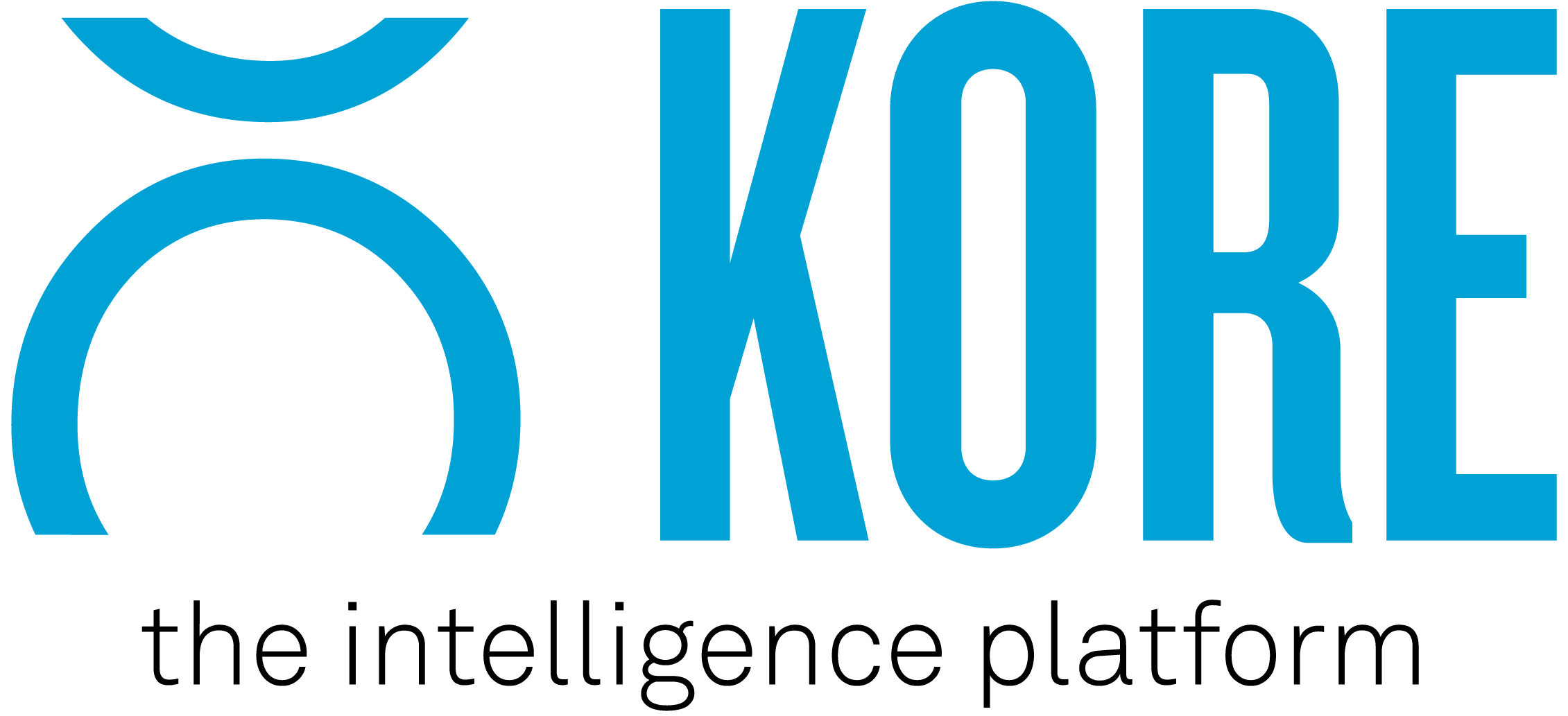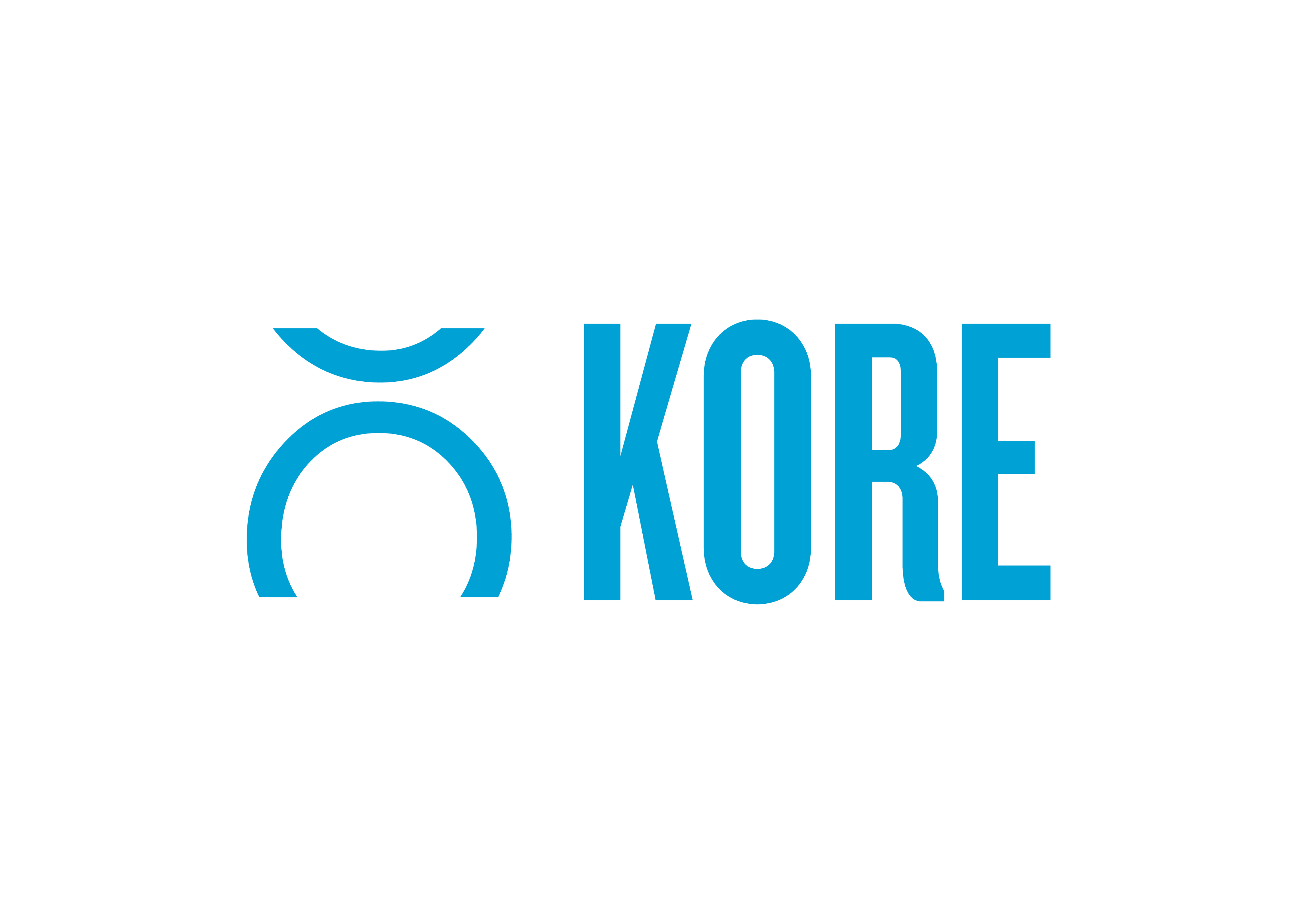Heads up, I’ve stolen some key themes from KORE’s whitepaper, Data Warehousing and Analytics, that is largely geared towards rights holders. With so much planning and strategy reviews taking place, however, there really isn’t a better time to start unpacking how data could be sponsorship’s silver bullet in 2021.
When you think about all the exciting business intelligence or strategy topics out there, it is not hard to see how much this theme will come to the fore over the next 12-24 months. With advanced analytics, AI, predictive modelling, data visualisation, and broader sponsorship valuations, you start to get a sense that, when unpacking business intelligence, in relation to sponsorship, you may need to buckle in for a long haul.
Although, it doesn’t have to be that way. There are two things you can explore to help you quickly begin to unlock sponsorship data and use it more effectively.
UNLOCKING A DATA RICH LANDSCAPE
We live in a data-rich world, but it is both a blessing and curse. I say this because, although you can begin to harness and aggregate lots of data sources, how much is too much?
Where do we start and what data sources are relevant to us?
Do we look at structured or unstructured data?
Do we overlay general sponsorship insights with consumer data or perhaps something taken from more traditional marketing?
In Dentsu Aegis Network’s 2019 CMO Survey, 54% of CMOs believed data is more accessible than ever before but it’s become harder to extract actual insight. Interestingly, 49% of the same respondents suggested they did not have the capabilities (both people and tech) to maximise their data’s value.
There are lots of questions around how you unlock data, so it can be tough to know where to start. If you have the budget, I would either look to buy a data warehouse or look to employ a strategist or analyst.
If you can’t do either, at a minimum, take a look at every report that comes into the business that is relevant to sponsorship. From there, begin to align the reports with your marketing and sponsorship objectives because understanding what you are trying to achieve will help shape how you review data.
Absolute utopia is the ability to aggregate and centralise multiple data sources to form accurate real-time reporting that allows you to shape strategy and execution of your sponsorship deals. To be more specific, this would bring together media valuations, social media engagement rates & impressions, and employee survey results, and maybe even include various demographics metrics.
Visualisation not only makes understanding and decision making easier, but it helps you tell stories, to various stakeholders, about how your sponsorships are contributing to the marketing and business objectives.
To oversimply this, being able to collect and visualise your data, and subsequent reports or dashboards, is going to be a crucial skillset or capability going into 2021.
TURNING DATA INTO INSIGHT
This is all about what to do next. It is being able to say, “We are looking at X data and it’s telling us Y”, but then also being able to answer the next question which is always, “What does that mean?”.
One of the biggest challenges we find with data analytics is how we actually use the data we have to make decisions and tell stories. Again, leaning on Dentsu Aegis Network’s 2019 edition of the CMO Survey, 84% of CMOs surveyed say that insight driven by data collection, management, and analytics, will be important in the future. Only 50%, however, believe their organisations are delivering this today.
Once you have aggregated and centralised the relevant data for your sponsorship deals, you need to work out how to bring it all to life.
During a panel session at Leaders, Mike Vitti, VP of Data Analytics at PGA Tour, said that the data itself does not solve problems. Instead, he noted that it is the actionable information from the data and the final execution based on the data that actually solves problems.
What he is alluding to is the fact that having flashy data and sponsorship reports is not the final step. Instead, how we turn that information into insight that guides what we do next is the important step. I think sometimes that can be lost in the sea of data we have access to and the flashy reports that we can produce.
For rights holders, turning data into actual insight might look like in-depth category analysis, real-time cost vs value analysis of assets or rights, and perhaps even predictive modelling on the likely success of deals.
For brands, this might look like similar activities but overlayed with brand filters or linear correlations between spend and results.
Unlocking data and then turning it into actionable insights is not as simple as buying some software, employing a resource, or closing your eyes until problems go away; there is a lot of work and strategy that goes into it.
PGA Tour, HSBC, Tennis Australia, Gemba, Two Circles, and teams across the EPL, are all using data to guide what they do next. They are all great examples, from the rights holder, brands, and agencies worlds, of what data to collect, how to collect it, and then ultimately how to create deals off the back of it.
KORE is the global leader in engagement marketing solutions, serving more than 200 professional teams and 850+ sports and entertainment properties worldwide, providing practical tools and services to harness customer data, facilitate sponsorship sales and activation, and create actionable insights.



